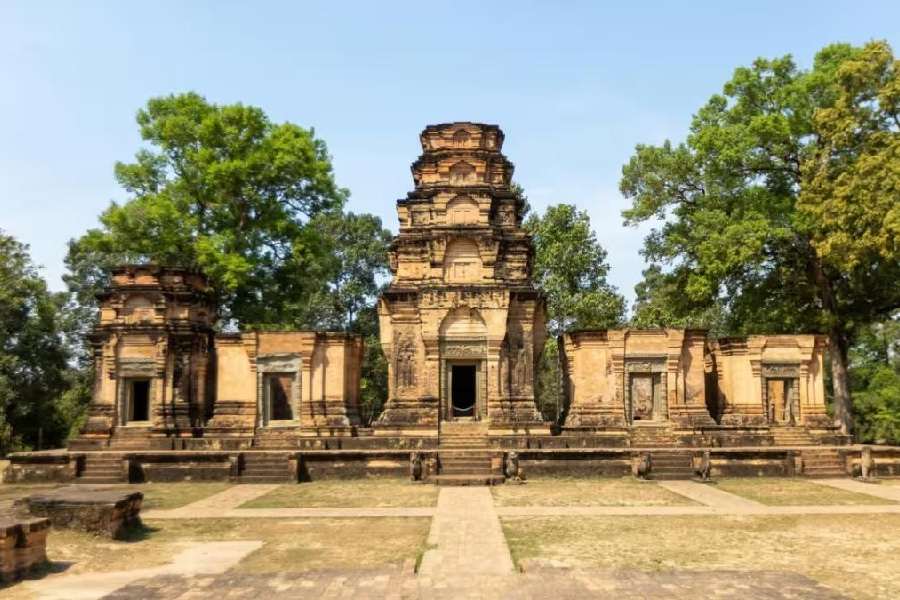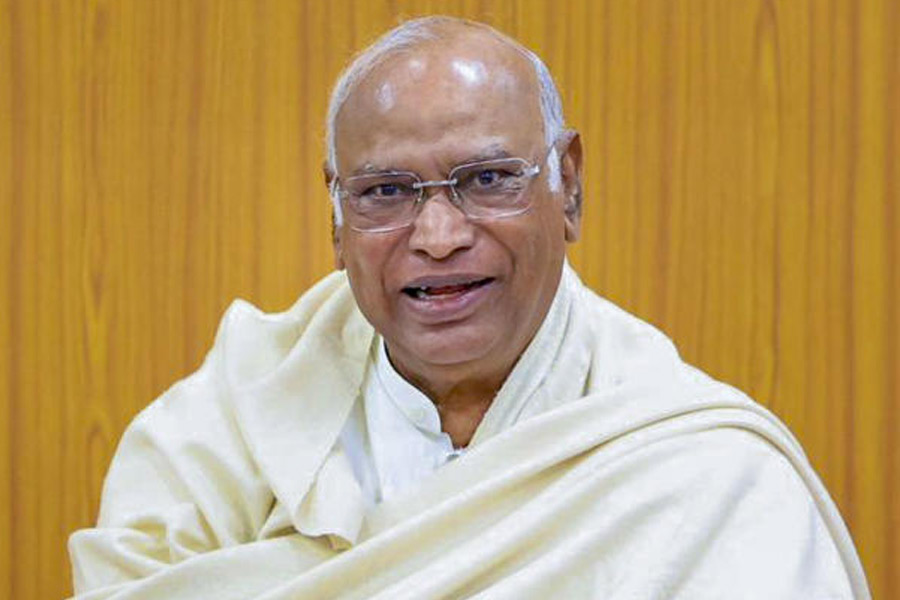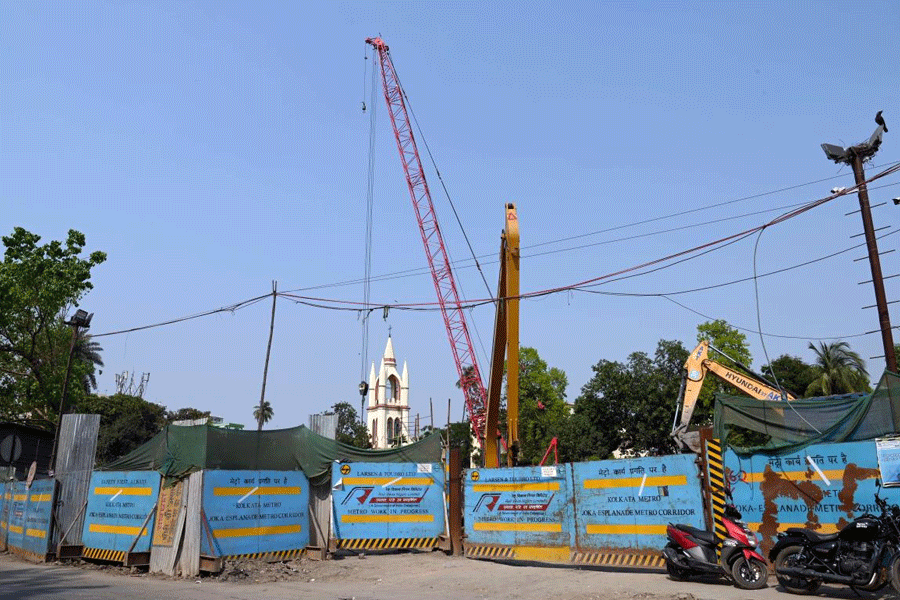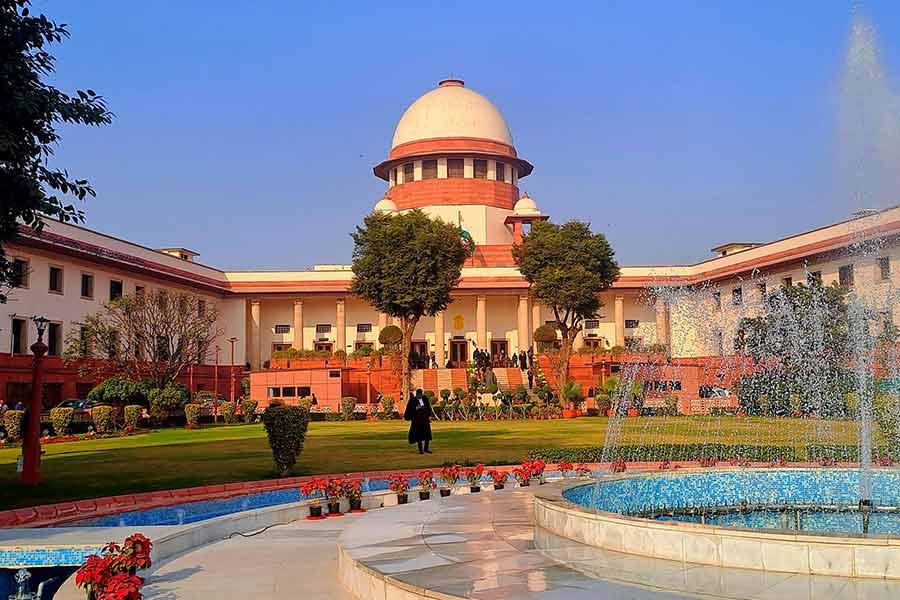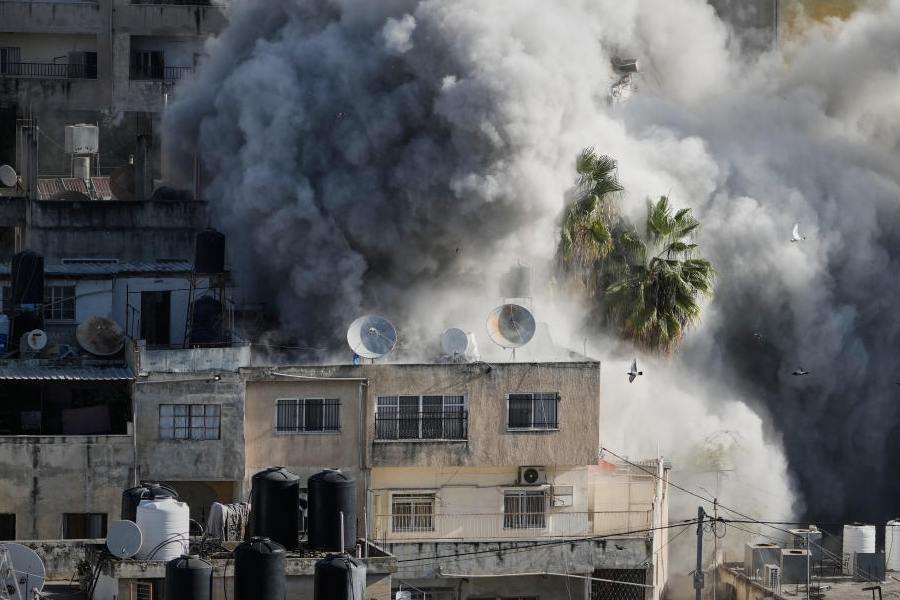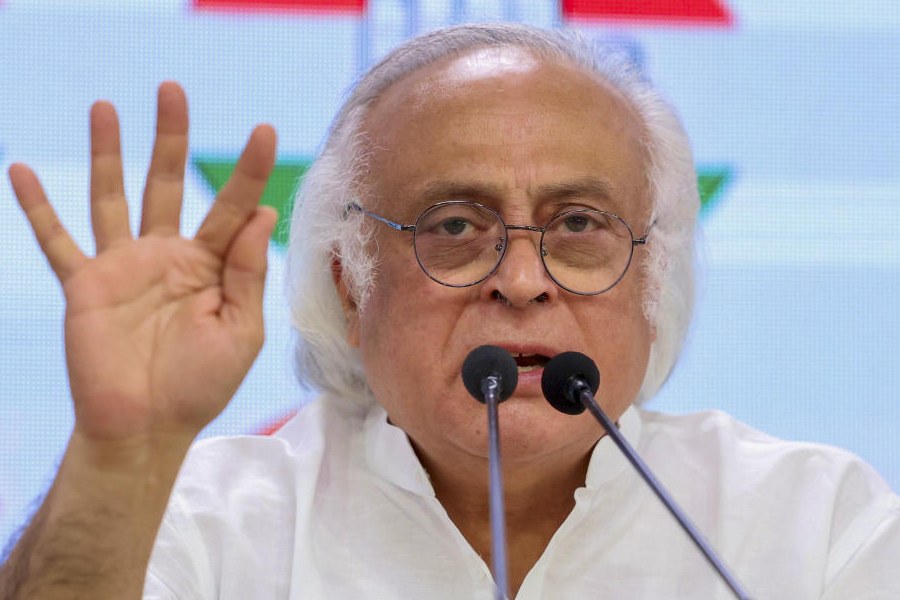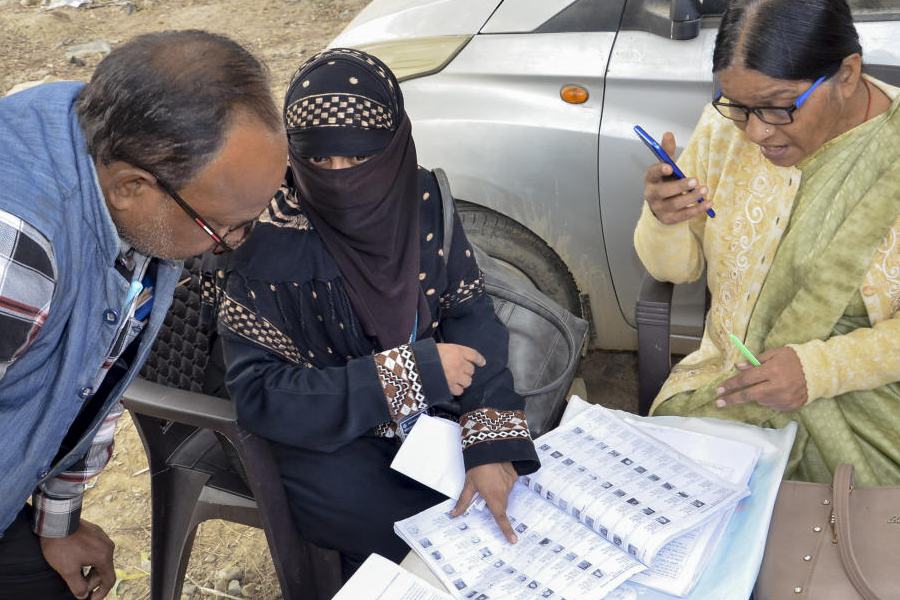The Ashutosh Building on the College Street campus of Calcutta University was, from 1934, also the site of an unusual scholarly and historical enterprise. In one of its rooms consolidated a fraternity of historians who specialised in ancient Indian history — archaeologists, epigraphists, art historians and others. This became the headquarters — “siege social” as they termed it — of the Greater India Society established in October 1926. Next October will mark the centenary of its founding.
By the time the Society had moved to the Ashutosh Building, it had already demonstrated its academic and staying power. It had published a number of monographs, regularly organised lectures and seminars, and had started a scholarly journal titled The Journal of the Greater India Society.
The aim of this Society was, as its title suggests, studying ‘Greater India’. By this, what was meant was the systematic study of ancient India’s cultural footprint across Asia. Present-day Tibet, Central Asia and Southeast Asia fell within this ambit but, almost from the outset, the real interest in and the sharpest focus on were the territories that today comprise Malaysia, Myanmar, Thailand, Cambodia, Vietnam and Indonesia.
In this region, a mass of historical and archaeological evidence dated to the middle of the first millennium showed a proliferation of Indian scripts, languages, religions, architecture and iconography. From the 19th century, French, Dutch and British historians — these countries were the three imperialisms that dominated the whole of Southeast Asia — encountering this evidence concluded that this was proof of a vast colonisation of this region by emigrants from ancient India — princes, priests and traders. The colonies they established amounted to a ‘Greater India’.
In the charged nationalist environment of early-20th-century India, this knowledge of past achievements provided succour to many traumatised by their current subject status. More importantly, it provoked the interest of historians, scholars and intellectuals. The formation of the Greater India Society also owed much to the inspiration from Rabindranath Tagore, his travels and his interest in the remnants of Indian culture in different parts of Indonesia, Vietnam, Myanmar and elsewhere.
For the historians who comprised the fraternity of the Greater India Society, what lay at the core of their interest was the application of their scholarship developed for ancient India to lands distant from it. Their status as epigraphists, archaeologists and historians and their knowledge of Hindu and Buddhist architecture, iconography and literature equipped them to study ancient Southeast Asia. The nationalist environment they were embedded in and the imperialist framework in which scholarship on Southeast Asia was situated naturally attract greater attention. But the scholarly impulse that underwrote the Greater India Society still stands out in the numerous articles and books its members authored.
This fraternity included many of India’s best-known historians — R.C. Majumdar, B.R. Chatterjee, Niranjan Prasad Chakravarti, Prabodh Chandra Bagchi, Upendranath Ghoshal, Himanshu Bhushan Sarkar and others. It also included historians-cum-passionate-public-advocates of the Greater India idea such as Kalidas Nag. The names suggest that this was predominantly, but not exclusively, a Bengali fraternity. Names such as K.A. Nilakanta Sastri from the south and Bahadur Chand Chhabra from faraway Kohat at the other end of the subcontinent gave to the Society an all-India character.
What was of interest to each of them was understanding and deciphering this ancient Indian footprint across the whole of Southeast Asia for well over a millennium: the kingdoms of Champa, Funan, Angkor, Dvaravati, Srikshetra, Sri Vijaya and others. To many of their Western counterparts — ironically enough, scholars from the ruling imperial powers — their scholarship was somewhat compromised because of their nationalism.
This judgement was resisted and pushed back against by the Greater India scholars. But as the age of decolonisation dawned and progressed, the use of the term, ‘Greater India’, or of ancient Indian ‘colonies’, did impact how many viewed the Greater India Society.
There were other weaknesses inherent in this scholarship. It consciously stopped from looking at what happened after these Hindu and Buddhist kingdoms ended and, indeed, how the Islamisation of Southeast Asia followed much the same trajectory as Buddhism and Hinduism had a millennium earlier. Islam had moved to Southeast Asia from both coasts of India following an earlier path established by Brahmin priests, Buddhist monks, and itinerant traders but these scholars were on the whole uninterested in Islam. Also problematic in the Greater Indian approach was that the role of the indigenous populations was never really explored and they were largely seen as receptacles of Indian ideas and culture.
By the end of the 1950s, all these factors plus a rapidly altering Asian geopolitics gave to the Society and its methodology the image of a somewhat anachronistic institution. The last issue of its famous journal came out in 1959 and the historiographical and scholarly tradition it represented quietly petered out.
From the late 20th century, as Hindutva politics consolidated itself in India, there has been a natural tendency to seek to dig deep to analytically uncover its roots and identify its intellectual origins. In this context, attention by some Western scholars refocused on the Greater India Society. In their accounts, the Society was less about scholarship and more about public advocacy that acted as the forbear of a muscular
Hindu nationalism ascribing to itself an imperial history and colonial conquests. In some of these treatments, the entire approach of the Greater India Society amounted to a kind of ‘epistemic violence’ being perpetuated on Southeast Asia. In effect, a moral equivalence is drawn between Indians studying ‘Greater India’ with the actual violence imposed by Western colonialism.
These tendentious claims can be disregarded. More important is to recognise the need to re-evaluate and build upon an older, indigenous, scholarly tradition of studying Southeast Asia. October next year will mark the centenary of the founding of the Greater India Society. Whatever the infirmities of its historiographical approach or, indeed, its many other limitations, that scholarship remains the first and, to date, the only concerted effort by Indian historians to study non-Indian history. In an age where so much of our discourse is dominated by terms such as the Indo-Pacific or Act East, that surely counts for something.
T.C.A. Raghavan is a former High Commissioner to Pakistan and Singapore

